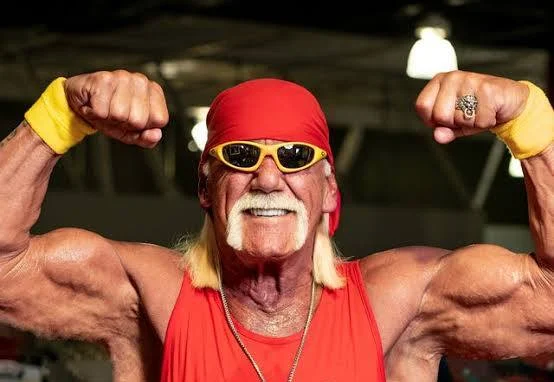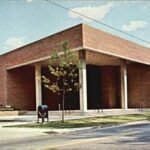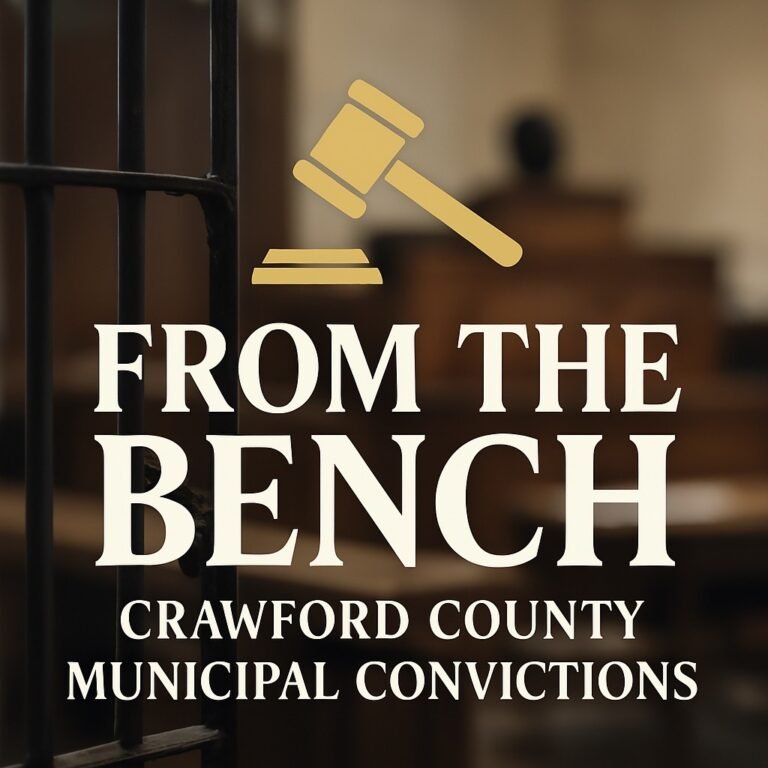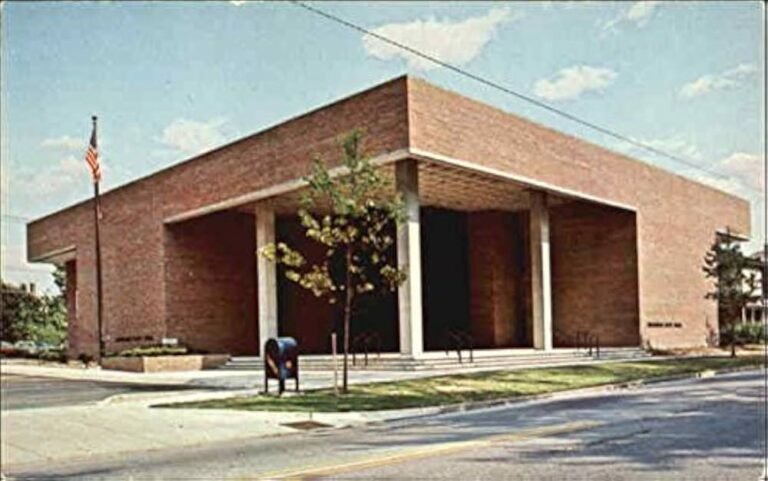FreeWire Magazine — Your News, Your Voice

CLEARWATER, FL — Hulk Hogan, the pro wrestling icon who turned flexing and finger-pointing into high art, died Thursday morning of cardiac arrest at his home in Florida. He was 71.
Born Terry Bollea, Hogan wasn’t just a wrestler — he was the wrestler. The red-and-yellow whirlwind with 24-inch pythons who body-slammed Andre the Giant and carried the WWF (now WWE) on his oiled-up shoulders through the 1980s and ‘90s. If you turned on a TV during that era, chances are you heard the opening chords of “Real American” and the roar of the crowd before you even saw his bandana.
His death was confirmed by multiple outlets Thursday morning, just weeks after his team had swatted down online rumors about his health. Hogan had reportedly been recovering from a recent neck surgery and was said to be doing fine. That all changed early Thursday, when emergency responders were called to his Clearwater home for cardiac arrest. He was pronounced dead shortly after.
For fans, this one hurts. Hogan was larger than life, not just physically but culturally. He was a Saturday morning cartoon character, an action figure come to life, a human meme before memes were a thing. He made wrestling feel like the biggest thing in the world — and sometimes, it actually was.
Though his legacy includes some rough patches — controversies, lawsuits, and a few unforced errors in the public eye — there’s no denying his place in history. Without Hulk Hogan, there’s no WrestleMania. Without Hogan, there’s no boom that made Vince McMahon a billionaire. Without Hogan, there’s no Attitude Era, no Rock, no Cena. The industry’s Mount Rushmore starts with him.
No word yet on funeral arrangements or official statements from the WWE, but tributes have already begun pouring in from fans, fellow wrestlers, and celebrities alike.
We’ll update this story as more information becomes available. For now, let’s just say it plain:
Hulkamania may be dead — but legends don’t die, brother.


















